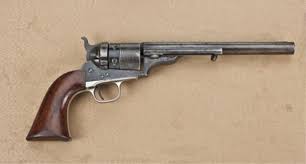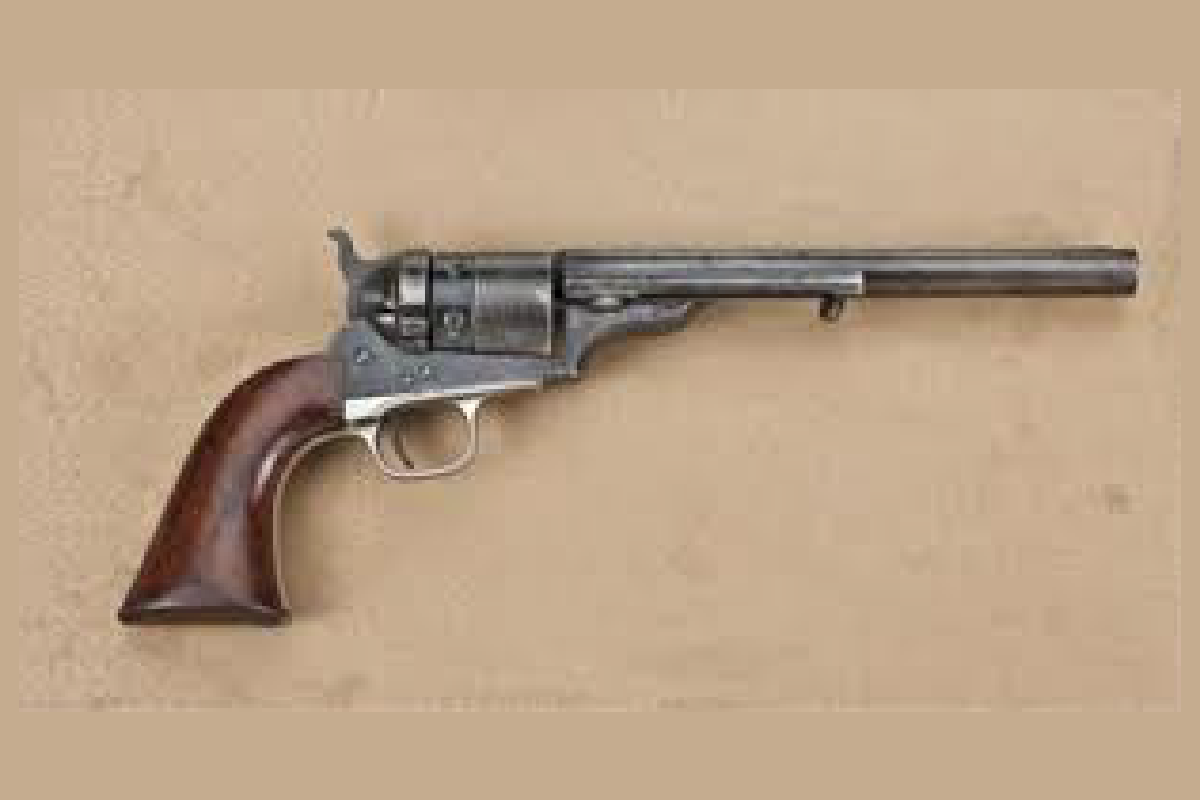
Ironically, an employee of Colt, Rollin White, came up with the idea of boring through the cylinder to accept the new metallic cartridges but Sam Colt vetoed the innovation so White went to work for Smith and Wesson, who licensed a patent. The S&W patent didn’t expire until 1870. During the interim, cap and ball revolvers could be converted by factory or gunsmiths. Soon after S&W’s patent expired Colt came out with its iconic 1873 Single-Action Army “Peacemaker”.
“Peacemaker” was a generic term applied by the public popularly to all Model 1873 single actions regardless of caliber, but it was never an official factory designation. Internally, the Colt factory referred to the gun mostly as the Model P, but also as the Model 1873 and as the Colt Single Action Army (due to its adoption as an official Army firearm) to distinguish it from other Colts made around that time.
Gun expert and author of 101 Classic Firearms, John Marshall says, “Colt 1851 Navies could be converted with what is known as the Mason-Richards conversion unit, which consisted of a new cylinder and modifications to the frame to allow a loading gate. There were 2,100 of them made. Other than the reliability of the cartridges, there were no significant problems.”
Cartridge revolvers came into wide use in the mid-1870s, with plenty of manufactures using the bored-through cylinder principle.
Rollin White’s patent didn’t include rifles so the .56-56 Spenser and .44-40 Henry rifles, firing large caliber metallic rim-fire cartridges were used during the Civil War, 1861-1865.






